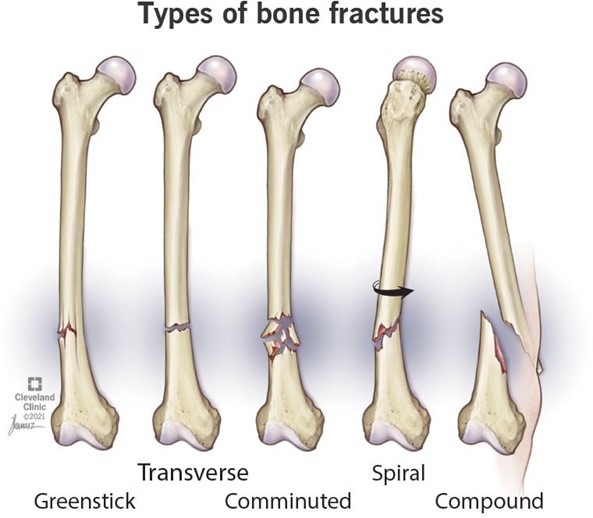The nurse is monitoring a client who is 3 hours postpartum. On assessment, the nurse notes a temperature of 102.4°F.
Which action should the nurse prioritize?
Continue to monitor for another hour.
Administer an antipyretic.
Assist the client in ambulation.
Notify the RN; she will notify the provider.
The Correct Answer is D
A postpartum fever is defined as a temperature greater than 100.4 degrees F (38.0 degrees C) on at least two occasions.
These fevers cannot be ignored as they can represent serious infections. The first task is to identify the source.
Choice A is not correct because continuing to monitor for another hour may delay necessary treatment.
Choice B is not correct because administering an antipyretic may only treat the symptom and not address the underlying cause of the fever.
Choice C is not correct because assisting the client in ambulation does not address the underlying cause of the fever.
Nursing Test Bank
Naxlex Comprehensive Predictor Exams
Related Questions
Correct Answer is A
Explanation
“Spiral.” A spiral fracture is a type of fracture that is frequently associated with child abuse.

Choice B is incorrect because bowing fractures are not specifically associated with child abuse.
Choice C is incorrect because closed fractures are not specifically associated with child abuse.
Choice D is incorrect because greenstick fractures are not specifically associated with child abuse.
Correct Answer is B
Explanation
The nurse should instruct the parents to bring the infant’s favorite blanket to the hospital.
This can provide comfort and a sense of familiarity for the infant during their hospital stay.
Choice A is incorrect because reading a story about hospitalization to an 8- month-old infant may not be developmentally appropriate.
Choice C is incorrect because parents are usually allowed to stay with their infant during hospitalization.
Choice D is incorrect because manipulating the infant’s bedtime based on the hospital’s visiting hours is not necessary.
Whether you are a student looking to ace your exams or a practicing nurse seeking to enhance your expertise , our nursing education contents will empower you with the confidence and competence to make a difference in the lives of patients and become a respected leader in the healthcare field.
Visit Naxlex, invest in your future and unlock endless possibilities with our unparalleled nursing education contents today
Report Wrong Answer on the Current Question
Do you disagree with the answer? If yes, what is your expected answer? Explain.
Kindly be descriptive with the issue you are facing.
